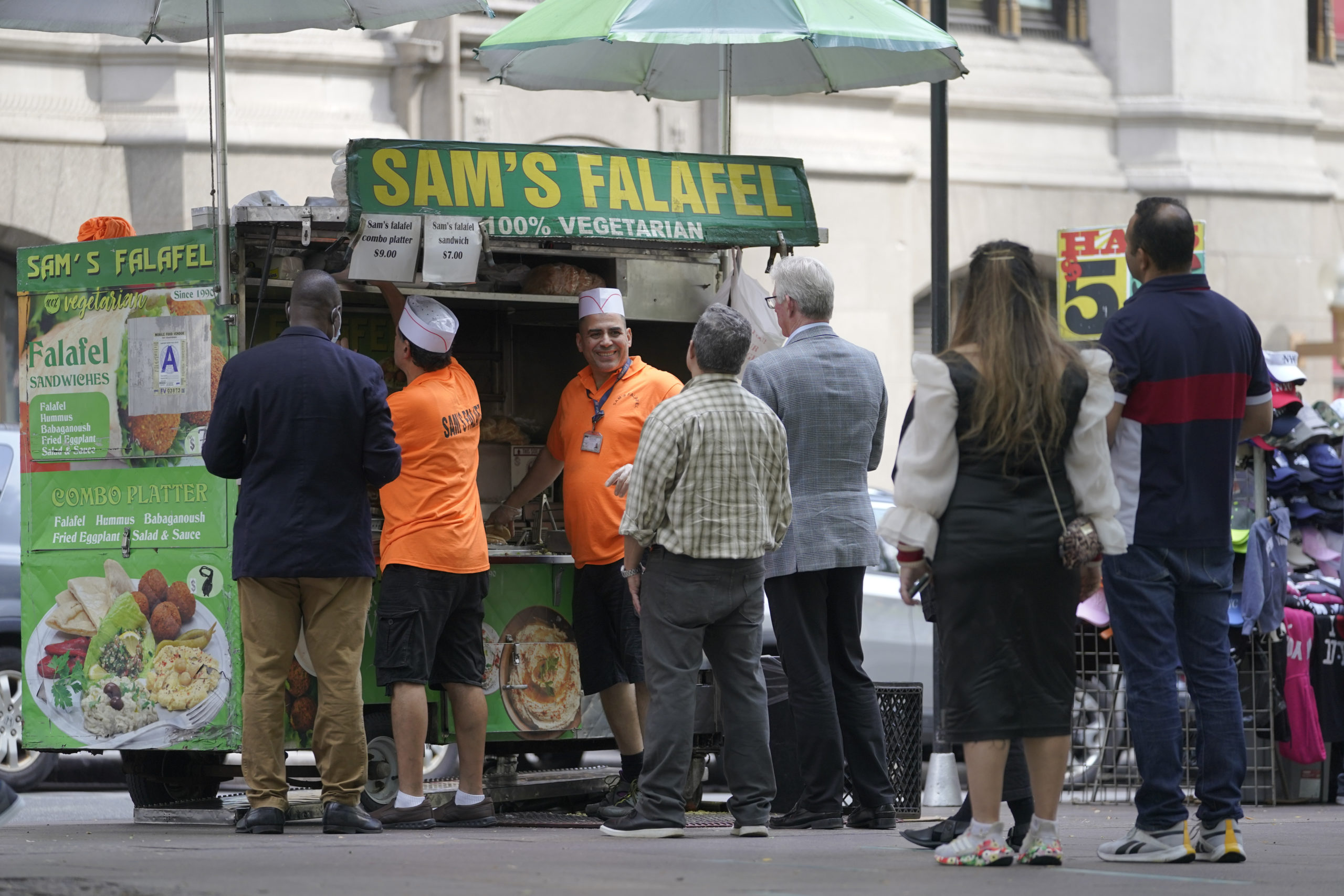In drawn-out recovery, NYC inches out from COVID’s shadow

As kids returned to school last month, people watching New York City pull itself out of COVID-19’s shadow wondered whether workers who fled Manhattan’s office towers during the pandemic would finally return in a rush, too.
More workers did return to their offices, at least part time, as the summer ended, limited data suggests. But the onset of autumn has also made it clearer than ever that the recovery will be drawn out, and that some aspects of the city’s economic ecosystem could be changed for good.
“We’re certainly entered a changed relationship between office workers and their offices,” said James Parrott, director of Economic and Fiscal Policies at the Center for New York City Affairs at The New School.

Brooklyn Boro
View MoreNew York City’s most populous borough, Brooklyn, is home to nearly 2.6 million residents. If Brooklyn were an independent city it would be the fourth largest city in the United States. While Brooklyn has become the epitome of ‘cool and hip’ in recent years, for those that were born here, raised families here and improved communities over the years, Brooklyn has never been ‘uncool’.